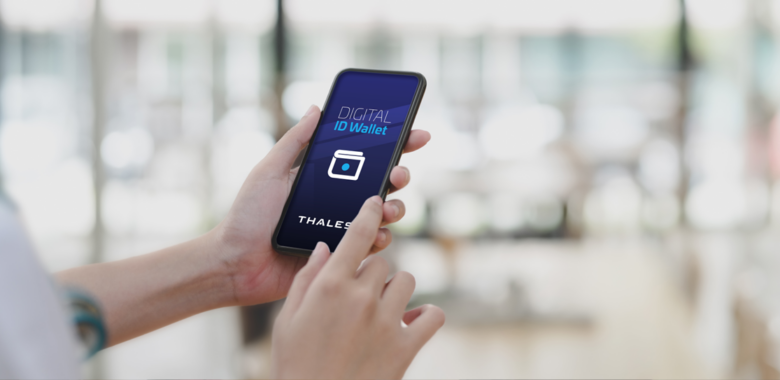This summer should be the summer of travel. It’s hard to think of an industry more severely impacted by the Covid-19 pandemic. And after two years of lockdowns, restrictions and additional complications, passengers are now looking to take advantage of seamless international travel again.
However, if you’ve been paying attention to the headlines of late – then it’s clear to see it’s not been the glorious return to the skies as initially hoped. Long queues, strikes and cancelled flights have dominated headlines – on an almost daily basis.
In our previous blog we discussed how Digital ID technology has the potential to greatly improve the efficiency, security – and ultimately customer journey at the airport with the announcement that American airlines recently launched their own Mobile ID scheme.
In this blog, we’re going to look at the other technological innovations that can revolutionize the airport experience.
Entering the paper-free era
Passports, check-in information, boarding passes, visas, proof of vaccinations – depending on where you’re travelling to it can feel like a never-ending list of documents that you need to have to hand at the airport, which can cause frustration to even the most seasoned of travellers.
Not only is there a multitude of documents to keep track of, there are five key checkpoints at an airport; check-in, bag drop, security border control and security at the gate. All requiring some form of ID or documentation – it’s no wonder customers can become flustered.
However, digital ID and biometric technology is starting to take off as we enter the era of the paper-free passenger….
Biometrics unlocking the future of travel
None of us are strangers to biometrics now, and it’s even being used in certain touch points in airports already. Biometrics is one of the most secure means of ID, so imagine if it could be used to create a unique ID, allowing passage through check-in, bag drop, border control and security at the gate.
From check-in to take off
Solutions such as Fly to Gate are designed specifically to improve and streamline the passenger experience – while satisfying robust security protocols. Digital ID and facial biometrics can be harnessed to do just that – all the while removing the need for passengers to show a ticket or ID at every checkpoint.
So, how would it work in practice? In theory, everything can be done before you even step foot in an airport. You’d start by opening your digital ID wallet to create a Digital Travel Credential, which is then stored on your device. When checking in with your chosen airline you’d then be asked to share your biometrics. This information, combined with the Digital Travel Credential, means you can then be identified at all the touchless self-service apps within the terminal once you arrive.
The technology works in real-time – with the token erased once the flight has taken off, ensuring absolute data privacy.
Through automated biometric and document verification technologies, the process is simplified for both passengers, airports, and airlines, increasing efficiency, and providing integrated security too.
All of this can create a complete self-service experience for passengers, which reduces processing times, including biometrics saving 30% in boarding times.
Want to know more?
Read our latest articles:



